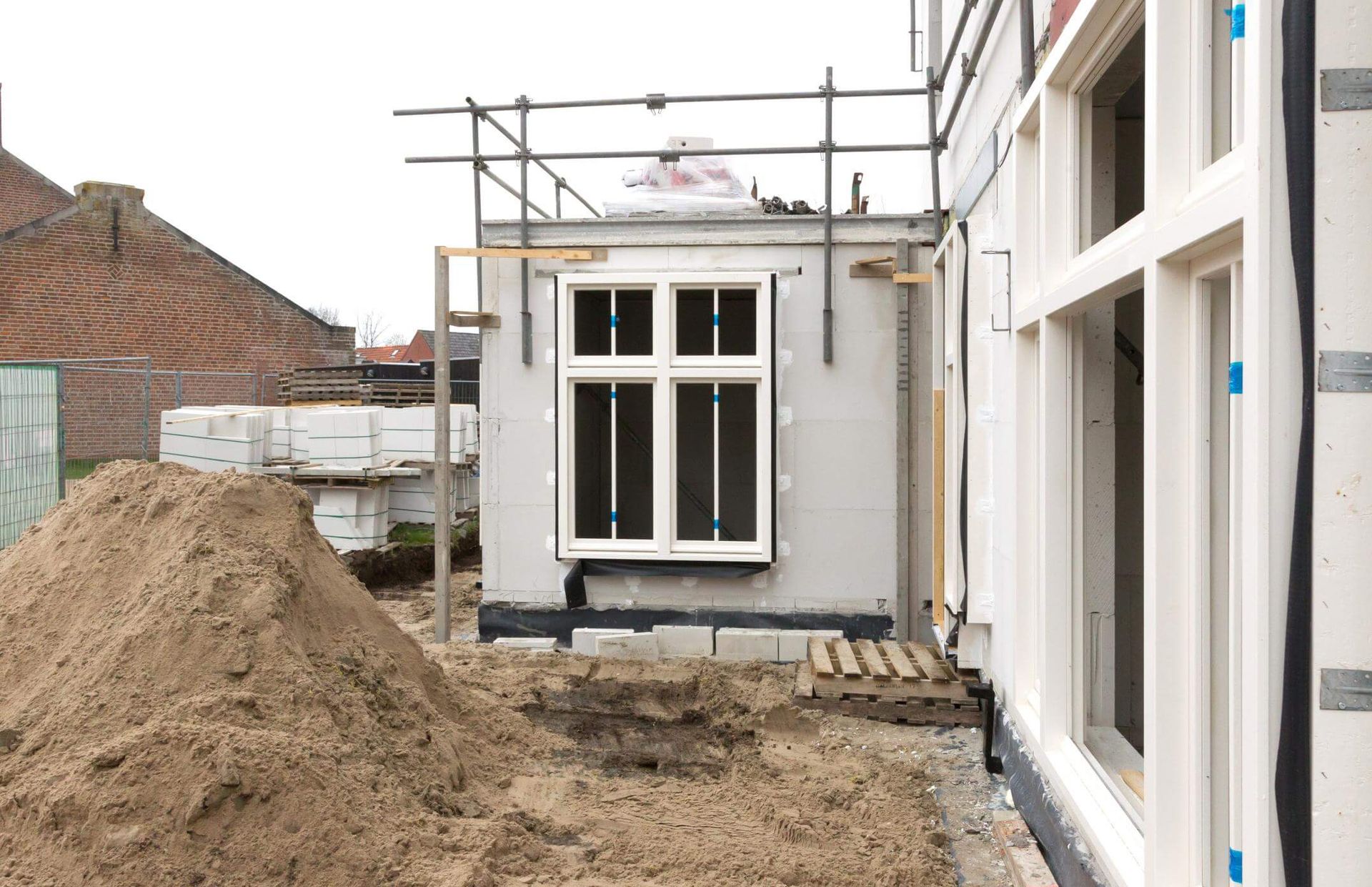Foundation Leveling by Oakland Foundation
Uneven floors pose significant safety risks, reduce the resale value of your home, and disrupt normal daily activities. You might notice a slant or lean in your furniture or equipment, which is a clear sign of underlying foundation issues. Problems with your home's foundation, such as stuck windows or gaps wide enough to let water into your basement or crawl space, are common indicators of foundation settlement. Professional foundation leveling services can effectively address these settlement issues, restoring the structural integrity of your home and preventing further damage or settling on your property.
Foundation Leveling: Tell-tale Signs
If you've come to the conclusion that your foundation needs to be leveled, you've probably seen some peculiar behavior in your house. The foundation may be settling and causing the home to shift, which may cause several windows and doors to stick or not shut all the way. Since they are supported by the slab, basement, or crawl space below, the first floors will likely shift and move if the foundation settles. Large, wall-to-wall floor fractures are often the result of foundation settlement. Floors that have become warped may indicate foundation settlement or excess moisture beneath your property. If your foundation has long, broad fissures, it has probably moved or settled. A foundation leveling issue is most often the cause of growing fissures, which may first indicate just natural age or weak concrete.
When Should I Have My Foundation Leveled?
Settlement of the foundation lowers property value, poses safety risks, and necessitates more costly repairs if left unchecked. In order to save money, it's best to catch problems before they become too severe to fix without major intervention. If the earth underneath your home isn't stable, you'll need to have the foundation leveled. The dirt under your foundation may have too much space between the particles if it was not compacted before the concrete was placed. This may lead to the earth settling until the holes are filled, creating enormous gaps between the surface of the soil and your foundation.
Is Your Concrete Patio or Driveway In Need Of Leveling?
Concrete settlement may be caused by a number of factors, such as inadequate drainage, insufficient compaction, unfavorable site conditions, or even tree roots. When water from gutters and rain washes soil out from beneath your sidewalk or driveway, it is the most typical cause of the concrete sinking. This makes space for the concrete to settle and fill in later. Expansion and contraction of clay-rich soil in response to changes in moisture levels is another aspect. Concrete leveling is the process of employing expanding polyurethane foam to elevate and level sunken concrete floors, such as slabs, patios, driveways, and walkways. Polyjacking is a method of concrete leveling that is safer, quicker, and more durable than alternatives like mudjacking.
Why We Advocate the Use of PolyJacking
The polyjacking process has a quick turnaround time; fifteen minutes after the injection, your concrete slab will be ready to accommodate foot or vehicle traffic. The process of polyjacking does not involve digging at all. In contrast to the heavy materials that are employed in mudjacking, lightweight foam does not contribute to the future settling of the soil. The inert nature of polyurethane foam means that it will not react with the soil or the moisture in the air; as a result, it will not release any dangerous chemicals into the ground. After it has been cured, the polyurethane substance will not be removed by washing.
In conclusion, foundation leveling is crucial for maintaining the safety, stability, and value of your property. Ignoring the signs of foundation settlement, such as uneven floors, cracks, and stuck windows, can lead to more costly repairs down the line. Whether you're dealing with foundation settlement or sunken concrete slabs, addressing these issues promptly will ensure the longevity of your home or business. Polyjacking, a reliable and non-invasive solution, can effectively restore the level of your concrete surfaces, providing a quick and long-lasting fix.
If you need expert advice on foundation leveling or concrete repair, contact us today.
For more information on maintaining your property’s foundation, be sure to check out
our blogs for helpful tips and insights.


